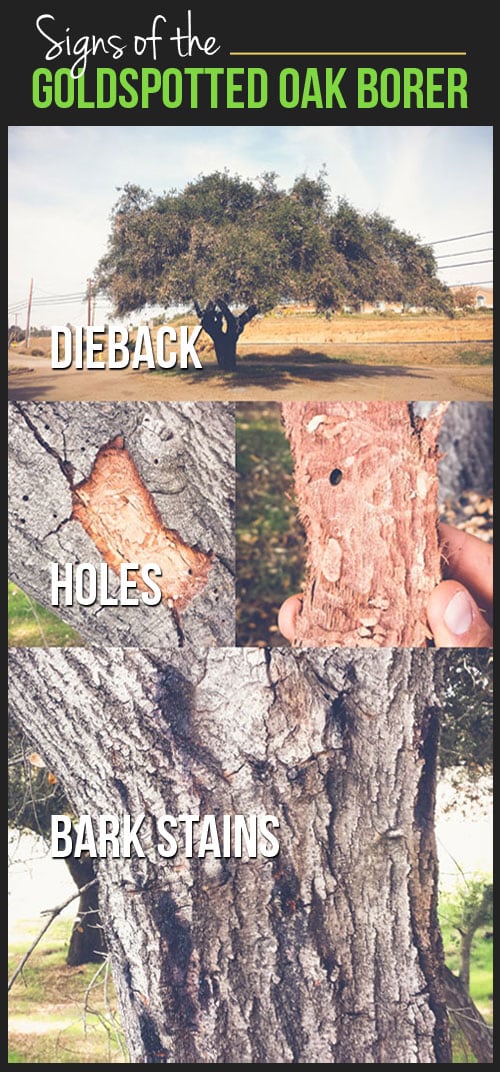Post-Tree Removal Treatment Plays A Considerable Role In Landscape Restoration; Discover Important Steps To Improve Your Surroundings And Mitigate Future Issues
Post-Tree Removal Treatment Plays A Considerable Role In Landscape Restoration; Discover Important Steps To Improve Your Surroundings And Mitigate Future Issues
Blog Article
Short Article Written By-Langley Cho
After a tree's elimination, your landscape may look fairly different, and it's vital to examine the consequences thoroughly. You'll want to assess the soil disturbance and examine bordering plants for any type of indications of anxiety. Neglecting these factors can lead to bigger troubles down the line. So, what should you finish with those stumps and origins? And just how do you pick the very best plants for your revitalized space? Let's check out these vital steps.
Analyzing the Consequences: Reviewing Your Landscape
After a tree elimination, it's vital to examine your landscape to recognize the effect it carries your lawn.
Start by checking out the location where the tree stood. Search for signs of soil disturbance, and check the bordering plants for any kind of tension or damage.
You need to likewise remember of exactly how the elimination has actually changed sunlight direct exposure and air flow in your garden. This shift can affect the growth of nearby plants, so it's vital to review their health and wellness.
Consider the visual facets also; the elimination could produce an open space that you can redesign.
Finally, think of any type of potential disintegration problems that could develop from the tree's absence. Attending to these aspects early will aid recover equilibrium to your landscape.
Dealing With Stumps and Roots: Alternatives for Elimination
Once you've analyzed the results of the tree removal, you'll likely need to deal with the stump and origins left.
https://elliottsmhbw.theobloggers.com/41569656/discover-the-crucial-steps-of-eliminating-a-tree-stump-and-discover-the-essential-aspects-that-might-persuade-your-choice-to-act have a couple of options for elimination. One effective method is stump grinding, where a specialist uses an equipment to grind the stump down to underground degree. This technique leaves very little interruption to your landscape.
If you prefer a do it yourself technique, you can make use of a combination of digging and chemical stump removers. Simply remember, this process can require time and effort.
Alternatively, take into consideration leaving the stump as a natural function, which can work as an unique yard element or environment for wildlife.
Whatever you select, dealing with the stump and origins is important for restoring your landscape.
Choosing the Right Plants for Your New Room
As you examine your recently gotten rid of space, choosing the right plants can dramatically enhance your landscape's beauty and performance.
Begin by considering the sunlight and dirt conditions. For Apricot Tree Pruning , select drought-resistant plants like lavender or succulents. In shaded places, brushes and hostas grow well.
Think about the dimension and development habits of your plants; mix perennials and annuals for seasonal range. Do not neglect to integrate indigenous species; they need much less upkeep and support local wildlife.
Group plants in weird numbers for an extra all-natural appearance and create layers for visual depth.
Finally, ensure you have a mix of colors and appearances to maintain your landscape lively throughout the periods.
Satisfied planting!
Verdict
In conclusion, recovering your landscape after tree elimination is a fulfilling process. By examining the after-effects, attending to stumps and roots, and selecting the right plants, you'll develop a thriving setting. Do not forget to incorporate erosion control procedures to protect your soil. With a little initiative and treatment, you can change your room into a vibrant yard that improves your property. Welcome the opportunity to revitalize your landscape and delight in the elegance of nature right in your yard!
